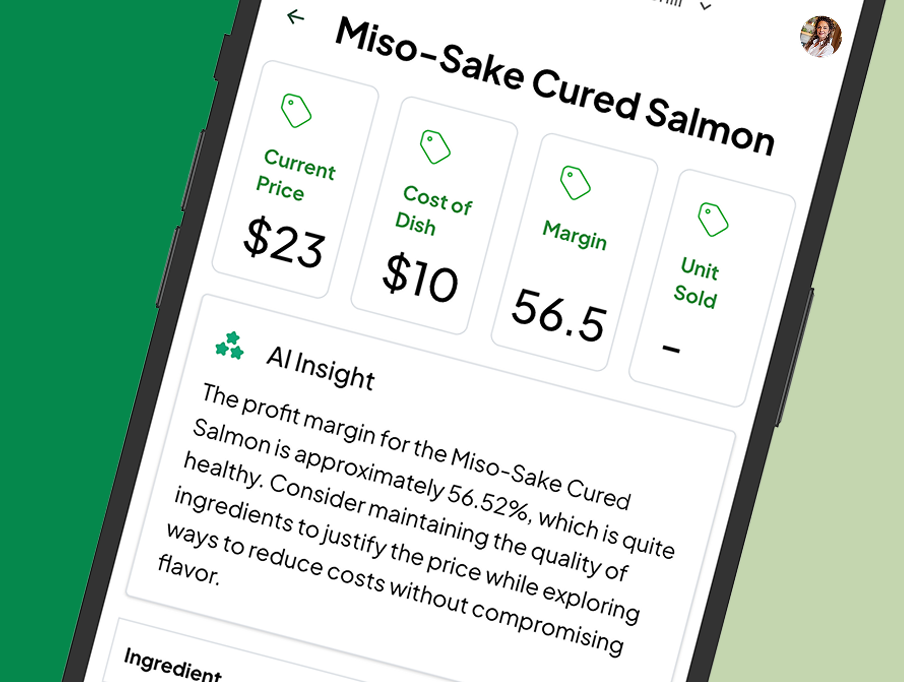Walk into any restaurant kitchen at 8 p.m. on a Friday night, and you’ll feel it. The tension, the intensity, the heat—both literal and emotional. But lately, there’s something else in the air. A new kind of exhaustion. It’s not just the usual dinner rush fatigue. It’s the kind that settles deep into the bones, the kind that builds after weeks—or months—of being short-staffed, juggling too many roles, and wondering how much longer this can go on.
Welcome to the reality of restaurant burnout in 2025.
Staffing shortages aren’t new, but they’ve become a chronic condition in the hospitality industry. According to the National Restaurant Association, 62% of restaurant operators say they don’t have enough employees to meet customer demand. That means servers are bussing tables, chefs are doubling as dishwashers, and managers are clocking 70-hour weeks trying to hold it all together.
This isn’t just an HR problem. It’s a business one. And if you’re not tracking the full impact of understaffing—on your people, your performance, and your profits—you might be bleeding more than just morale.
The Real Cost of Running Short
The surface symptoms are easy to spot: long ticket times, inconsistent service, and tired eyes behind the counter. But the financial ripple effects of being short-staffed run deeper. Productivity declines. Turnover increases. Mistakes multiply. And each of those outcomes has a price tag attached to it.
Let’s say your kitchen is down one line cook. The remaining cooks work harder to keep up—but they’re more likely to burn out, call out, or burn a dish. That means comped meals, frustrated guests, and a hit to your online reviews. Your manager steps in to cover the gap, but that pulls them away from ordering, scheduling, and planning. Then you get hit with a surprise ingredient shortage because no one had time to do inventory.
Over time, these breakdowns accumulate—and they compound. And while it might seem like you’re saving money by not hiring, the hidden costs of being short-staffed often outweigh the savings.
Burnout Isn’t Just a Buzzword
Burnout used to be something people whispered about behind the walk-in fridge. Now it’s a leading reason why restaurant workers are leaving the industry altogether.
Burnout isn’t just being tired. It’s the chronic, emotional, and physical exhaustion that comes from prolonged stress—something restaurant workers know all too well. The signs are everywhere: declining performance, disengagement, absenteeism, and mental health struggles. And when burnout spreads, it becomes contagious. One exhausted employee drags down the morale of the entire team.
At MRGN, we hear it from our customers all the time: “We’re making it work, but just barely.” That’s not a strategy. That’s survival mode. And it’s not sustainable.
The Staffing See-Saw
For many restaurants, especially small and medium-sized businesses (SMBs), staffing can feel like a balancing act on a tightrope. Hire too many and you risk inflating payroll costs during slow weeks. Hire too few and you risk burning out the team you have—and losing them altogether.
Finding that sweet spot isn’t easy, especially when sales fluctuate week to week. That’s where data—not guesswork—can make all the difference.
Financial forecasting tools (like the ones we’ve built at MRGN) allow restaurants to anticipate staffing needs based on real-time sales trends, seasonality, and operational costs. Instead of relying on gut instinct, restaurant owners can use predictive models to know when it’s safe to hire, when to cross-train, or when to adjust hours to preserve margins and morale.
But here’s the thing: This isn’t just about protecting the bottom line. It’s about protecting your people.
Culture Doesn’t Survive on Grit Alone
If your team is always in crisis mode, there’s no room to build culture. And if there’s no culture, there’s no reason for great employees to stay.
In the early days of a restaurant, there’s often a “we’re in this together” spirit that helps teams power through the hard times. But when those hard times never let up, even the most dedicated workers start to question if it’s worth it.
Culture isn’t built during peak hours—it’s built in the quiet moments. In team meetings, in thoughtful scheduling, in managers who check in not just on performance, but on well-being. But short-staffing often erases those moments. Managers spend more time on the floor and less time supporting their team. Training gets pushed. Communication suffers. And that once-tight-knit team begins to fray.
If retention matters to your business—and it should—then you need to prioritize the kind of staffing strategy that supports both performance and people. And yes, that’s possible.
Tech Won’t Replace People—But It Can Help Protect Them
Let’s be clear: we’re not here to say software can replace staff. It can’t. But it can give restaurant operators the visibility and control they need to make smarter staffing decisions—before burnout takes its toll.
We’ve seen restaurants use MRGN to uncover exactly when they’re overworking their team and what it’s costing them. Maybe a few slow Tuesdays are dragging down weekly margins more than expected. Maybe weekend peaks are higher than forecasted and require one more server per shift. Maybe payroll is too high, but turnover is even more expensive.
With MRGN, restaurants can simulate the impact of hiring one more line cook—or cutting back on overtime. They can forecast how labor changes affect cash flow, predict seasonal swings, and optimize for both efficiency and sustainability.
In other words, tech gives you time. Time to plan. Time to breathe. Time to care for your team.
A Human Problem Deserves a Human Solution
There’s no spreadsheet formula that can fix burnout. No line item that accounts for how demoralizing it is to work 12-hour shifts three days in a row. But what we can do is bring humanity back into how we run our restaurants.
That starts by seeing your staff not just as labor costs, but as the core of your business. It means tracking turnover not just as a stat, but as a sign. It means asking “Can we afford to hire?”—but also asking, “Can we afford not to?”
The most successful restaurants we work with aren’t just looking at this week’s labor costs. They’re thinking about next quarter’s culture. They’re using data to drive decisions, but heart to drive the mission.
Let’s Not Normalize Burnout
The restaurant industry has always been a hard one. Long hours, fast pace, tight margins—that’s part of the deal. But exhaustion shouldn’t be.
We’re at a crossroads. As an industry, we can choose to normalize burnout, accept constant turnover, and treat short-staffing as the new normal. Or we can choose a different path—one where financial clarity helps us protect our people, where smart staffing isn’t a luxury, but a priority, and where we don’t wait for someone to quit before we admit there’s a problem.
If you’re feeling the pressure of short staffing, you’re not alone. But you’re also not powerless. With the right tools, the right data, and the right mindset, you can shift from firefighting to future-proofing.
Because your people are worth it.
And so is your business.
About MRGN
At MRGN, we help restaurants manage their finances without the need for an accounting team or CFO. Our SaaS platform gives you real-time financial insights, predictive forecasting, and clear strategies so you can make confident decisions about hiring, costs, and growth. Want to see how we can help you build a more sustainable restaurant operation? Learn more at mrgn.com.





